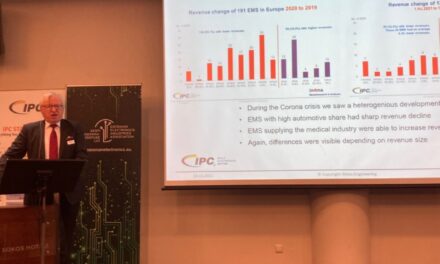Things You Should Know About NRE

Non-recurring engineering (NRE) is a broad term referring to a one-time cost to develop, design, or manufacture a new product. It can mean different things in different industries, depending on the product, process, and even supply chain strategy. In the PCB industry—especially in pull-based contract manufacturing—NRE refers to specific setup costs for manufacturing a newly introduced PCB assembly.
What is it for?
In the PCB industry, NRE is generally charged for two separate categories of cost: tools and programming. These costs, as with all NRE costs, do not play into the regular per-unit cost of the product.
Tooling
Each of the items listed below can be considered an NRE cost, because they are specially made for a specific product and for a specific customer. Solder stencils, for instance, are like finger prints. They will only be used for one kind of PCB and are therefore only manufactured to make that one PCB thereafter. Afterwards, no new stencils need to be made in order to continue manufacturing that assembly. The same goes for fixtures, presses, and the other tooling listed below.
- Stencils
- Artwork
- Metal
- Jig
- Fixtures
- Press-fits
Programming (“Setup Fee”)
It takes time and labor to program every machine—pick and place, selective solder machine, reflow oven, inspection machines, etc.—for a specific board. This translates into a programming (or “setup”) fee. Unless there’s a revision to the product’s design (or “rev change”), this expense is non-reccuring; the contract manufacturer can use the same programmed data to manufacture the assembly.
Break out or Amortize?
There are two ways to pay NRE. You can “breakout” the cost, or amortize. Breaking out means paying all required NRE—tooling and programming for the lot—upfront. There’s also the option to amortize the cost. This means adding the NRE to the unit cost, so that NRE is paid in increments. For example, if the unit cost is $100 per assembly, a contract manufacturer might charge a per-unit cost of $110. After the NRE is paid, the per-unit cost would drop to $100.
However, amortized costs are difficult to monitor. Some contract manufacturers won’t say—or won’t know—when it’s time to remove the amortized NRE. That’s why it’s usually better to “break out” as much as possible to better track of the NRE you pay.
Can you waive NRE?
The short answer is usually “no.” But there are some exceptions:
- The account is large enough, and a manufacturer is making a good enough margin on that account for the NRE to be insignificant and petty.
- The customer has built a strong relationship with the contract manufacturer.
- There are manufacturing issues, and tooling needs to be repurchased or programming needs to be repeated in order to fix the problem.













